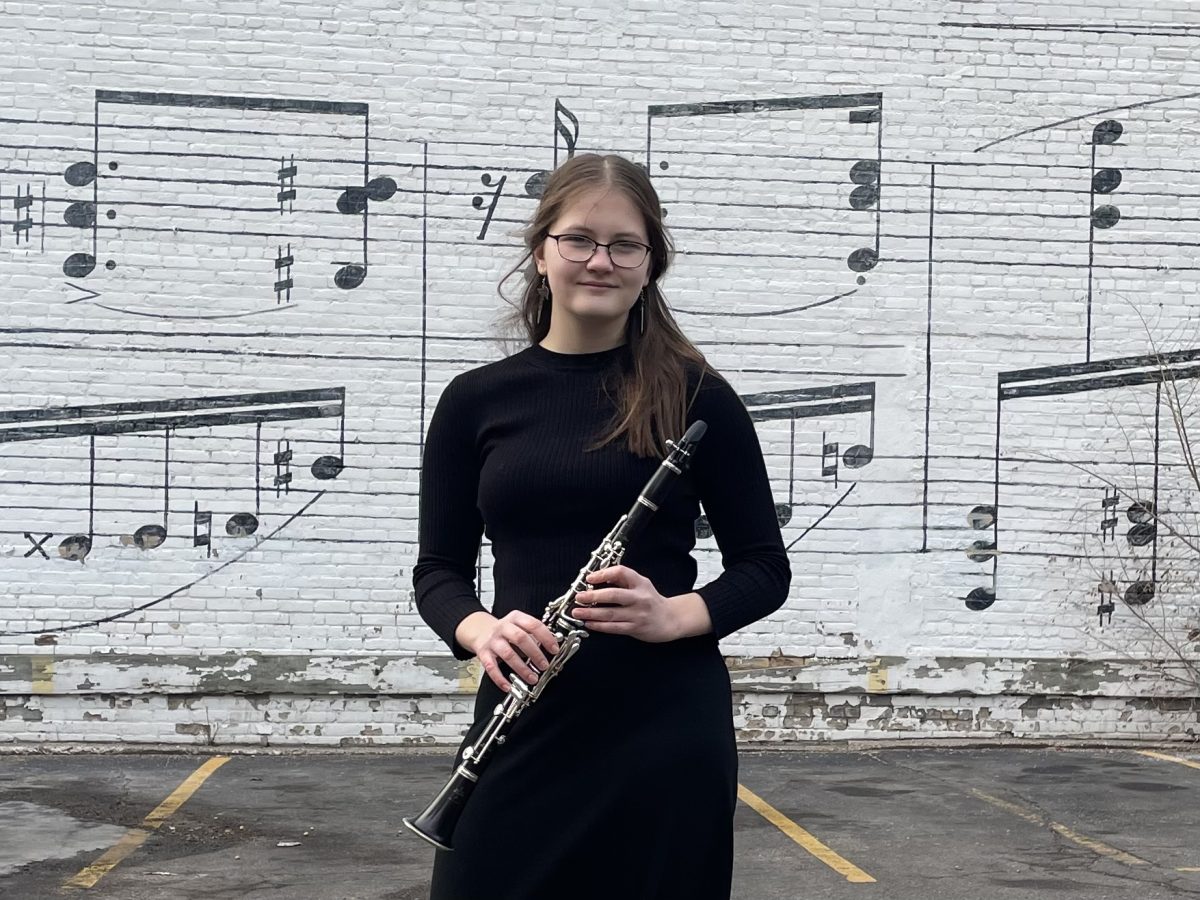The decision to abstain from sex) is a big deal for people to choose,” said Senior Kelli Sanderson.
To some people, the students who choose not to have sex until marriage can be perceived negatively. Whether they choose to remain pure for religious or personal reasons, the choice is about them, not the people around them.
“I don’t really care if other people are (having sex),” said Junior Kayla Moen. “It’s their choice.”
One of the main reasons individuals choose to save themselves until marriage is religion. For Sophomore Jacob Jensen, reading what the Bible had to say on sexual morality was the final push he needed to get a purity ring. The Bible states that having sex outside of marriage is a sin and can have negative effects physically, emotionally, and spiritually.
Another reason individuals abstinence until marriage is out of respect for his or her future partner. The ring represents a promise to themselves and their future partner. It is a constant reminder to them that they have to wait.
“(Saving myself is the) greatest gift I can give to someone I love,” Jensen said.
Senior Marleny Huerta-Apanco received her first purity ring on her 15th birthday from family friends. She had told her parents that if she were to get any kind of ring her birthday, it had to be a purity ring. For Huerta-Apanco, the ring was a symbol to show people that she wasn’t afraid to be on the outside and make a decision that not everyone would agree with.
While it isn’t always a popular decision, choosing to practice abstinence can have positive effects. Abstinence is the only 100 percent effective way to prevent pregnancy, STDs and HIV. According to studies from the American Heritage Foundation in 2004, Studies have shown teens who decide not to have sex until marriage are less likely to be depressed or attempt suicide, to have children out-of-wedlock, live in poverty, and are less likely to be dependent on welfare as adults.
“It’s so rare to see [purity] today,” said senior Marleny Huerta-Apanco. “Especially in the media. It distorts sexuality as it’s to be intended.”
While it may seem like everyone is having sex, according to a study for the Centers for Disease Control and Prevention in 2006-2008, 60.3 percent of students between the ages of 15-19 are virgins.
“(The ring) is a statement. You should be proud to have made this decision,” Sandersen said.




![At the pepfest on Feb. 13 the Winterfest Royalty nominees were introduced. There were two girls and two boys candidates from each grade. Royalty included Prince Axel Calderon (11), Jacob Miller (12), Princess Maya Fuller (11), Brecken Wacholz (10), Ethan Brownlee (9), Lord Given Saw (9), Lilly Elmer (9), Angela Buansombat (10), Queen Jenna Balfe (12), Hanna Austinson (11), Raegan Broskoff (8), Duchess Evalyn Holcomb (10), Jordyn Earl (8), and Lady Leighton Brenegan (9). Not pictured include: King Kaiden Baldwin-Rutherford (12), Piper Aanes (12), Blair Blake (11), Duke Kuol Duol (10), Thoo Kah (8) and Aidric Calderon (8). Student council member and Junior Prince Axel Calderon said, “It [the nomination] means that I’m kind of a student leader. I hopefully show younger kids what it means to be a part of the student council and lead the school.”](https://www.ahlahasa.com/wp-content/uploads/2025/03/front-page-1200x800.jpeg)


















